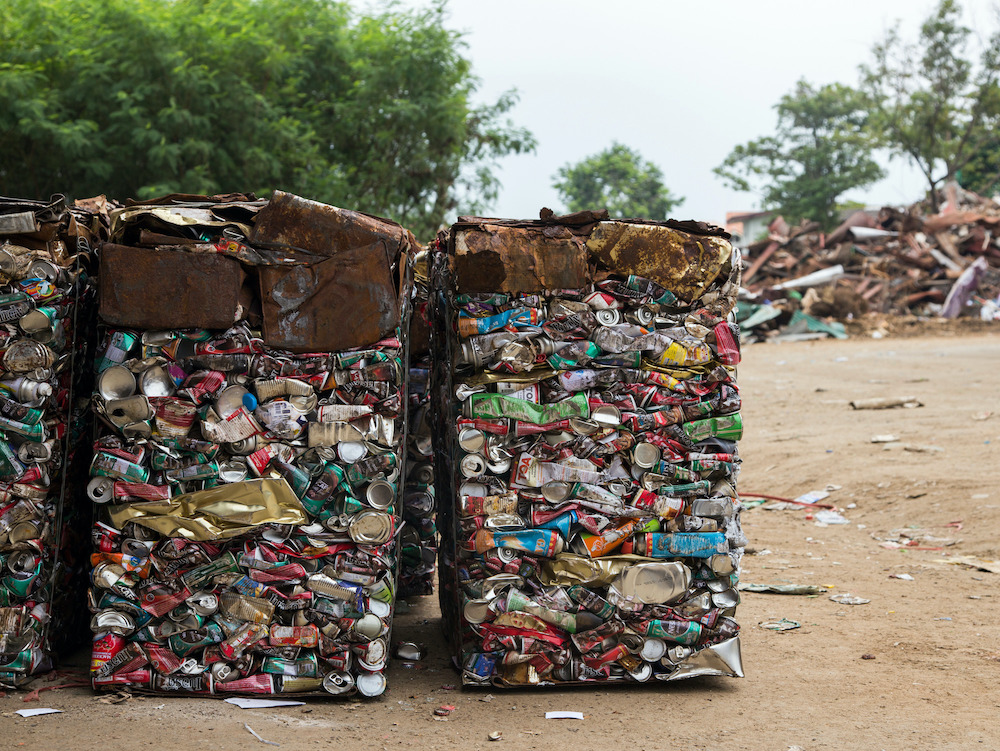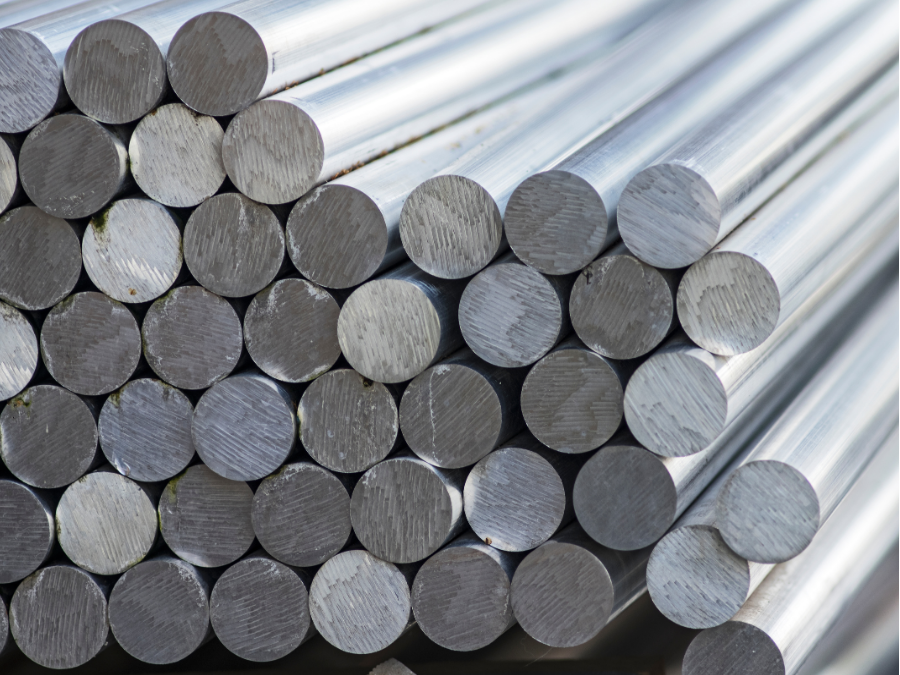Pulse

August 5, 2025
Waste Management looks at the future of recycling as landfills prepare to close
Written by Greg Wittbecker
Waste Management (WM) did an interesting Investor Day presentation on June 24, which touched on macro-economic trends that are germane to the long-term supply of recycled materials.
Landfill capacity will decline sharply by 2040
WM forecasts that 400 landfills will close in the next 15 years, removing 150 million short tons of capacity. Approval of new landfills is increasingly difficult and there are more restrictions on what can be disposed of.
It contradicts traditional thinking that abundant landfill capacity exists and that tipping fees remain cheap. Both factors are often cited as a reason why recycling rates have struggled for so long.
WM talks openly about positioning themselves in an “increasingly constrained disposal market” where transportation costs could rise 40% as waste will need to be hauled increasingly longer distances to be tipped.
These trends mean that landfill operators such as WM will be focusing on extending their remaining landfill capacity for as long as possible. That plays directly into the need for recycling.
Seven U.S. states and nine of 13 Canadian provinces have now adopted Extended Producer Responsibility (EPR), a policy that assigns producers greater responsibility for the end-of-life management of their materials. That number is expected to rise as states grapple with the landfill capacity constraints and a desire for more circularity in materials.
WM gearing up to leverage these trends
Waste Management has been in the midst of major capital expenditures for recycling for some time. Between 2022 and 2026, the company will have invested $1.6 billion to create 1.8 million short tons per year of incremental capacity. By the end of 2026, they will have 2.8 million short tons of total installed capacity. The company forecasts generating $290 million-$300 million in incremental EBITDA and $225 million-$230 million in free cash flow.
WM is not addressing this trend in a vacuum. The other major players in the sector, such as Republic, Waste Connections, GFL Environmental and Casella are also targeting investments to boost recycling capacity.
While the aluminum industry has been justifiably frustrated with its efforts to boost used beverage container recovery, the trend in reduced landfill capacity and emphasis on extending the life of remaining landfill capacity should bode well for higher supply.
Nothing drives change better than sheer economics. Less landfill capacity and higher costs should lead to higher tipping fees for solid waste. That should encourage more diversion into recycling.
If we see an acceleration of EPR legislation in additional states, this will further drive diversion.







